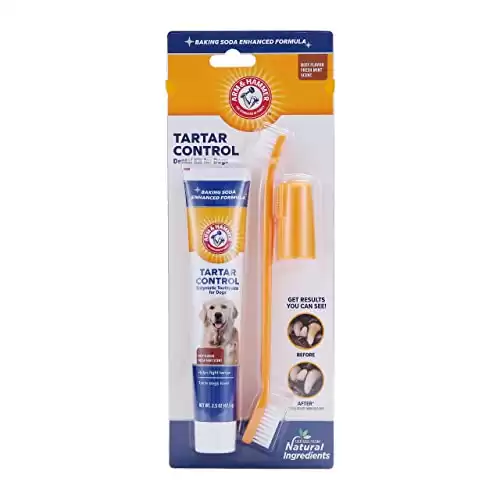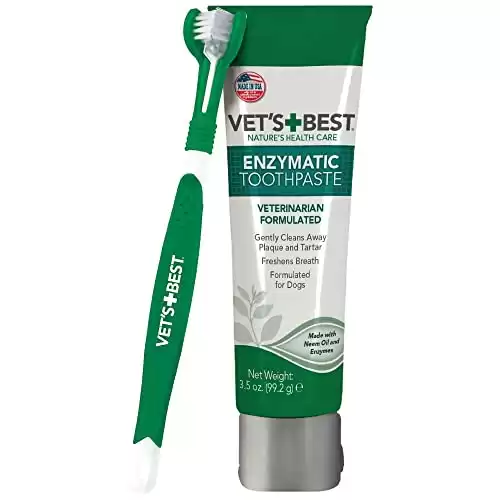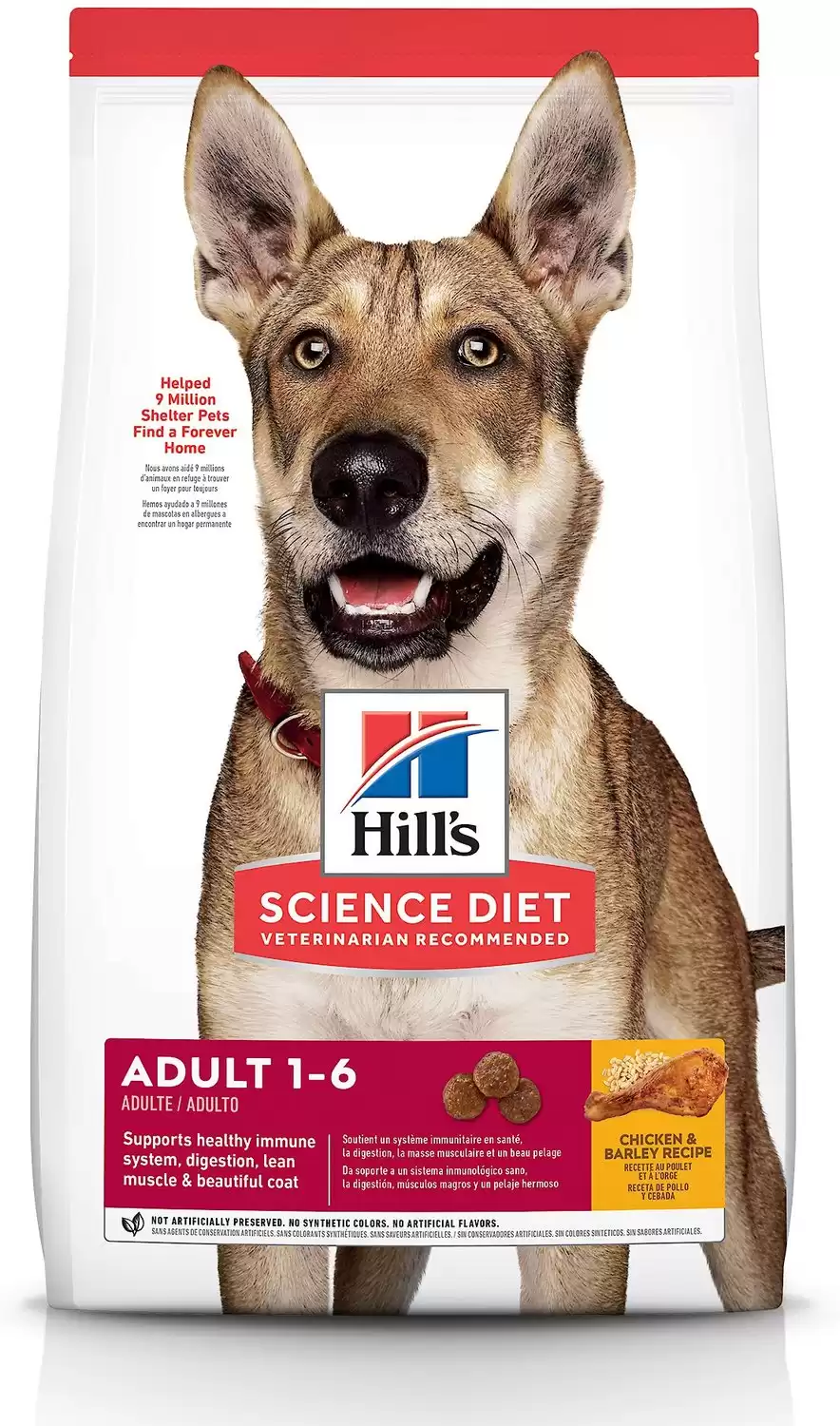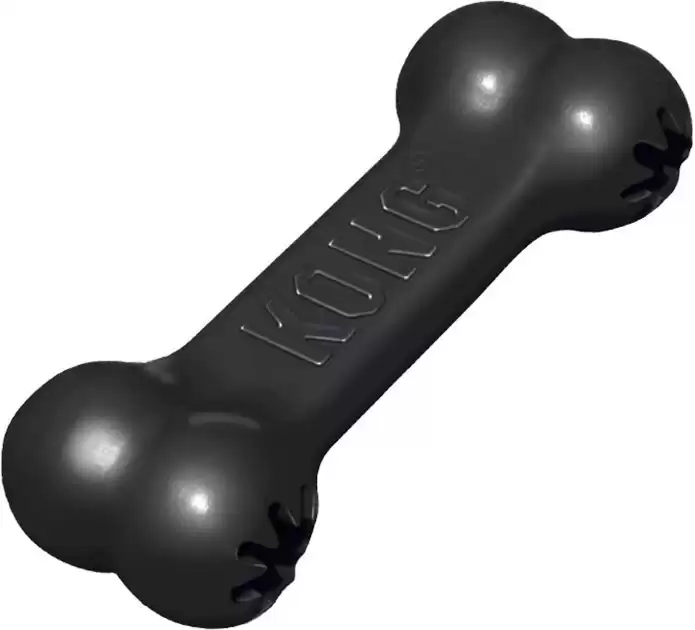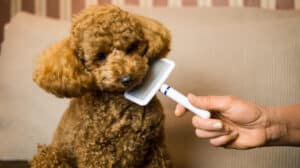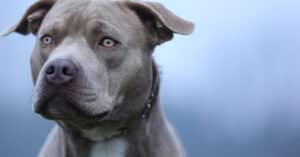As a dog owner, you are responsible for their entire well-being. That is a relationship where you need to provide. Everything starts with food and shelter. And then you also have to take care of their health, which involves giving baths and brushing their teeth.
Like people, dogs can get dental problems. If that happens and they lose their teeth, they will have a hard time eating. And it is not like they have the option to go vegan or eat only soft foods. It is up to you to keep their teeth healthy. It is your job to learn about dog teeth and how to take care of them.
You can keep your dog’s teeth healthy like you take care of yours through a routine of cleaning, brushing, and going to the dentist.
Brushing Your Dog’s Teeth
One of the best ways to remove plaque and other things that can damage teeth is by brushing. But this can be a stressful experience for your dog. It is not natural to them, and it isn’t like you can explain the dangers of tooth cavities to them through witty videos in your dentist’s office.
What you can do is prepare yourself and your dog and create a strategy on how to brush his teeth.
Time It Right
The key is timing. You want your dog to be in a good mood when you start this so that there will be less apprehension. Remember that you are putting a foreign object into your dog’s mouth. He has no idea what is happening and will simply put all his trust in you.
The key to timing is creating a routine. If you get to teach your dog that these days are for brushing, they will be more amiable.
If you succeed in keeping their teeth clean three days a week, that is a huge win already.
Prepare Your Tools
Buy and get to know the tools you need ahead of time. The most important one here is the specialized toothbrush specifically made for dogs. Do not use a brush meant for humans. Dog toothbrushes have softer bristles and are angled differently.
You can use a finger brush for smaller dogs below 30 pounds. There are brushes with longer handles meant for larger dogs. Get the right one that will be comfortable to use.
Next is the toothpaste. Again, do not use one meant for people. The formulation is different, and it can hurt your dog’s stomach. Not to mention, he may not like the taste.
Dog toothpaste has special flavors like peanut butter, so dogs are not apprehensive about it. It’s like they are being fed a treat.
Get into Position
Do not stand above your dog or dominantly position yourself. You want your dog to be as comfortable as you are. Pinning them down will create undue stress that can make the process harder.
Try a kneeling position beside your dog or sit down in front of him. Start slow and be wary of your dog’s anxiety level. If he starts getting upset, stop immediately and try again later. It can take a few tries to get your dog used to it, but it will happen. Just do not force it.
Prepare Their Gums
You can test your dog’s willingness to brush by pressing on his mouth and gently rubbing on the gums. That will help him get used to the feeling and that he will not get hurt during the process.
You may have to do this a few times first. The goal is to get your dog used to the feeling before brushing.
Toothpaste Taste
Letting your dog taste the toothpaste is a crucial part. You want him to get comfortable. And one of the best ways to make your dog comfortable is to give him a taste of what you are putting in his mouth. With a variety of toothpaste flavors, you can try different ones to see which gets the best reaction.
Put a bit of dog toothpaste on your fingertip and let your dog lick it. He will soon get used to the taste and texture. If he refuses to lick it again, you need to get a new flavor.
- Two-sided toothbrush
- Includes a finger toothbrush to get close to the gumline
- Dogs love the beef flavor
- Can be used for multiple dogs
Toothbrush Test
Now, your dog should be used to the light touch on the gums and teeth. You should have found a flavor of toothpaste that your dog likes. The last step in preparing is getting him used to the actual dog toothbrush.
Once your dog opens his mouth for you, try using the toothbrush and toothpaste at the same time. Lift the upper lip and approach the teeth at an angle to reach the gumline.
- Includes everything that you need
- The brush is simple yet effective
- Gel will remove tough tartar
- Contains aloe, neem oil, and baking soda
Brushing in a Circular Motion
Brushing in small circles from top to bottom and on each side gives you the best chance to clear the plaque buildup on your dog’s teeth. Move the bristles lightly.
Once you get to the gumline, some light bleeding may happen. That is normal. But, if the bleeding becomes heavy, it means you have brushed with too much force. It could also be a sign of gum disease. If you are sure that you brushed lightly, have it checked by your vet.
Target Plaque Buildup
Focus your attention on one tooth at a time. That allows you to work into it and find plaque buildups. Start with the outsides of the teeth, then work your way to the back. If your dog stresses too much, do not force the issue. You can do a few teeth at a time. As for the back teeth, your dog’s rough tongue can help clean them for now.
Reassure Your Dog
When brushing the teeth of your dog, you want to keep a light mood. Talk to him and provide reassuring touches. Do not get stressed. It can be a chore but try not to make that apparent to your dog. That can stress the dog out too.
Reward Time
After everything is done and all the teeth are cleaned, reward your good dog with a treat! Give your dog his favorite beef jerky, like the Stella & Chewy that supports strong teeth.
Other Dog Teeth Cleaning Tips
Here are some more tips on how to take care of your dog’s teeth.
Start Them Young
The trick to stress-free dog teeth care is to start them young. The goal is to develop a routine that they are comfortable with. They should expect brushing as part of that routine. By starting young, you can train them faster about good dental hygiene.
Feed Them with Healthy Food
What does your dentist always say? Eating junk food will damage your teeth. The same thing can be said about dogs. Eating healthy food helps in maintaining good and healthy teeth. If your dog is constantly bothered by gum disease, try switching to dry dog food which has the added benefit of helping clean the teeth.
Use Dental Chews and Toys
You can hit two things at once with dental chews and toys. Your dog will love you for bringing home a new toy he can gnaw at for days. What dogs do not know is that there are toys and chews specifically designed to help keep their teeth clean. It makes everyone happy.
- Great choice for aggressive chewers
- Made in the USA
- Super-sturdy construction
- Trusted brand with quality materials
- Available in medium and large sizes
- Hide treats in the treat compartment
Each Dog Is Unique
Remember that each dog is unique. The needs of one will be different from the other. Factors like their size and breed can give you a starting point in what periodontal issues to watch for, but your dog’s environment, lifestyle, and genetics also factor into it. You have to know about your dog, inside and out. That will help you create a routine for brushing your dog’s teeth and other health-related chores.
Brush Regularly
Of course, you have to brush them regularly. They eat every day, which means plaque has the opportunity to build up all the time. Continuous and regular brushing is still one of the best ways to keep your dog’s teeth healthy.
When to See a Vet
There are several signs to look out for about dental problems for your dog. These include:
- Loose teeth
- Finding blood on their chew toy
- Bleeding gums
- Bumps or lumps inside the mouth
- Bloody saliva
- Having difficulty picking up food
- Vocalizing when they eat
- Not wanting you to touch their head
- Bad breath
- Chewing on just one side of the mouth
- Sneezing and nasal discharge
Unlike humans, dogs cannot immediately communicate if they feel pain or any problem with their teeth. You have to be vigilant in checking for these and other potential signs that your dog has dental problems. If you notice one, go to the vet immediately.
Even if your dog does not have any dental problems, you should set regular visits specifically for dental checkups. The frequency can vary depending on your dog and its condition, but the general rule is to visit at least once a year. That should be enough to find potential problems and address them before they become bigger.
Taking care of your dog involves several different things. Dental health is one of them and is very important. Bad dental hygiene can lead to several other problems that will affect the overall health of your beloved pet.
Not to mention that dental problems for dogs can get expensive. You can expect to pay hundreds if not thousands of dollars to address advanced stages of dental problems. You want to avoid that for your dog’s benefit and yours.
Up Next…
- Why Do Dogs Dig?
- Is Rawhide Bad for Dogs?
- Can Dogs Use Human Toothpaste?
- This is Why Your Dog’s Breath Smells So Bad, and What to Do About It
The photo featured at the top of this post is © New Africa/Shutterstock.com
Ready to discover the top 10 cutest dog breeds in the entire world?
How about the fastest dogs, the largest dogs and those that are -- quite frankly -- just the kindest dogs on the planet? Each day, AZ Animals sends out lists just like this to our thousands of email subscribers. And the best part? It's FREE. Join today by entering your email below.
Thank you for reading! Have some feedback for us? Contact the AZ Animals editorial team.



